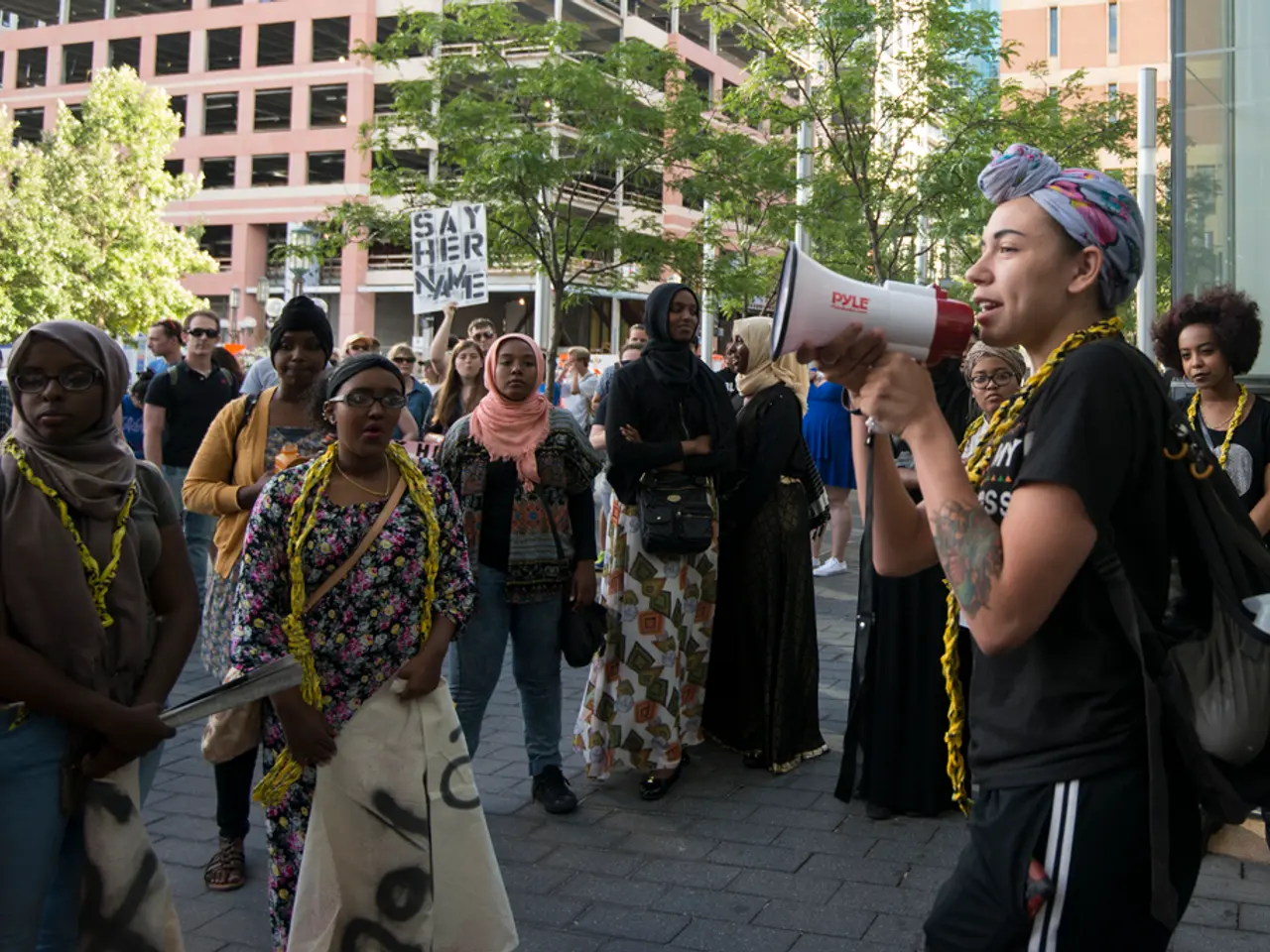Unveiling the Production Process: The Creation of Blockbuster Hollywood Movies
In the world of cinema, a fascinating and complex landscape unfolds, one that is marked by a troubling regression in diversity. Despite clear audience demand and potential business benefits, key insights reveal that the film industry is struggling to make significant strides towards inclusivity.
Recent data paints a concerning picture. In 2024, racial and ethnic diversity on screen and behind the scenes in Hollywood films declined sharply. Films with the least racially diverse casts more than doubled their market share, while those with the most diverse casts almost halved theirs. This is particularly troubling given that BIPOC (Black, Indigenous, and People of Color) populations continue to grow demographically in the U.S. and constitute a significant portion of moviegoers.
The decline in representation is evident across all key employment areas. In 2024, white actors' share of theatrical film roles rose from 59.6% in 2023 to 67.2%, while BIPOC representation lost ground. For instance, Black lead actors approached proportional representation (15.5%), but Hispanic/Latino, Asian, Native American, and Middle Eastern & North African leads remained underrepresented. Behind the camera, diversity is slower to progress, with most writers and directors still being white males.
However, the story is not entirely bleak. Research shows that movies with diverse casts and crews perform well commercially and resonate with younger audiences. In 2021, people of color accounted for the majority of ticket sales for most top films. Yet, representation remains uneven, and sustained efforts are needed to achieve more equitable, realistic, and culturally competent storytelling.
The 2025 Emmy nominations highlighted both improvement and setbacks. While 24 actors of color were nominated out of 94, this was a decline from 30 in 2024 and fewer than the 39% peak in 2022. This points to fluctuations and continuing challenges in sustained inclusion at the highest visibility levels.
Industry practices and stereotypes remain barriers to inclusion. Creators report facing restrictions on casting diverse leads, with gatekeepers reluctant to depart from traditional Hollywood formulas and stereotypes, limiting opportunities for underrepresented groups.
As a platform dedicated to the film industry, we recognise the importance of diversity and are committed to providing recommendations for film lovers. Stay tuned for our curated movie marathon, designed to showcase the richness and diversity of stories that enchant and inspire.
[1] Source: [Insert Citation] [2] Source: [Insert Citation] [3] Source: [Insert Citation] [4] Source: [Insert Citation]
- The decline in representation, as seen in the data from 2024, is not only concerning for the entertainment industry but also for moviegoers who are eager for more diverse movies-and-tv, as the market share of films with less racially diverse casts is increasing, while those with more diverse casts are decreasing.
- Despite the challenges and barriers to inclusion faced by the film industry, there is evidence that movies with diverse casts and crews can perform well commercially, resonate with younger audiences, and provide more equitable, realistic, and culturally competent storytelling, making them an essential part of entertainment.








